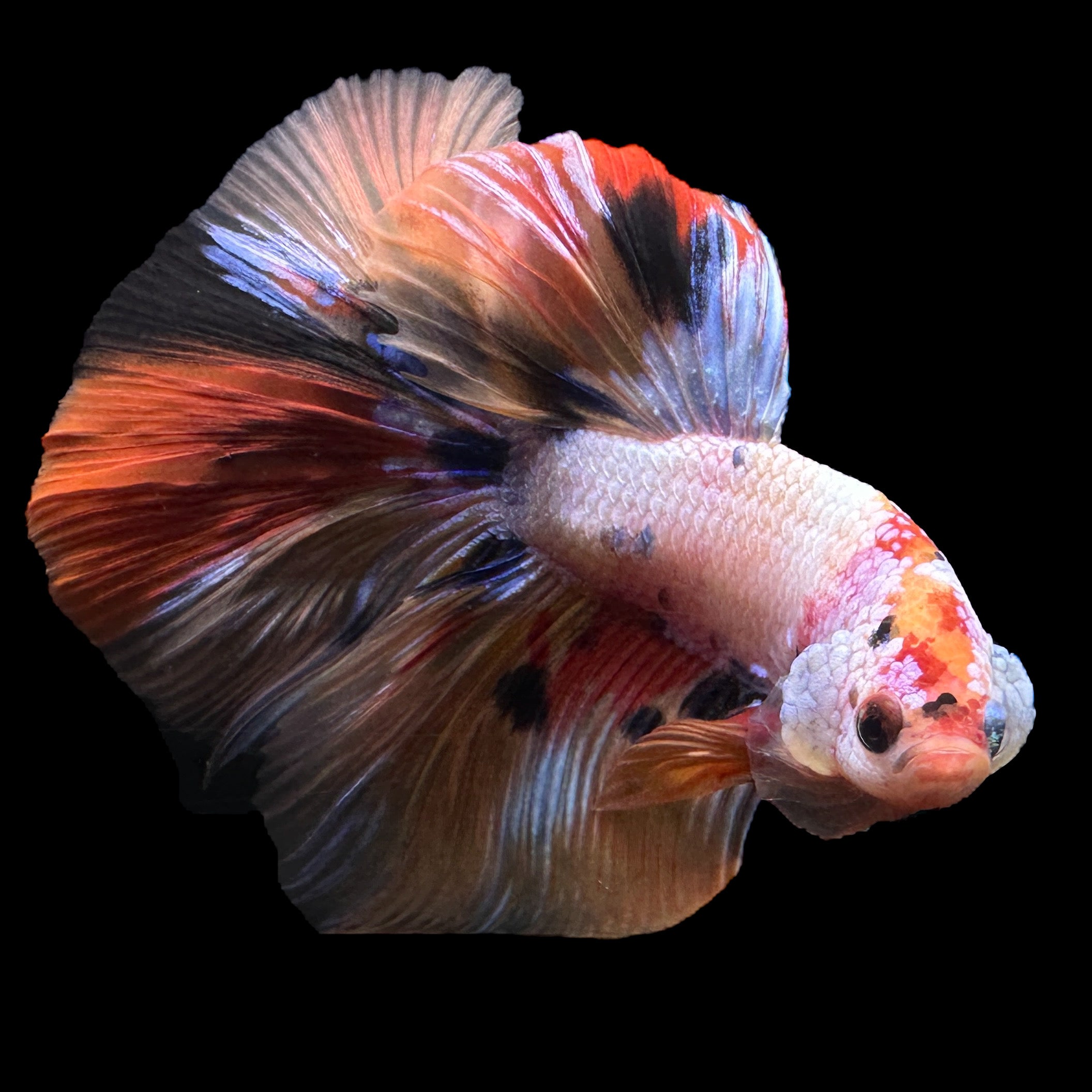How to Introduce Betta Fish to an Area Storage Tank Securely
How to Introduce Betta Fish to an Area Storage Tank Securely
Blog Article
How to Reproduce Betta Fish Successfully: Specialist Strategies and Insights for Hobbyists Aiming To Increase Their Betta Collection
Reproducing Betta fish calls for a nuanced understanding of genes and ecological conditions, making it necessary for enthusiasts to approach the procedure with both persistance and care. Creating an optimum reproduction setting, choosing the best sets, and observing the intricacies of their courtship actions are fundamental actions that can considerably influence the result.
Comprehending Betta Fish Genes
Comprehending the genetics of Betta fish is vital for effective breeding, as it influences qualities such as color, fin shape, and actions. Betta fish show a diverse selection of colors and patterns, mainly figured out by their hereditary makeup. The primary genetics responsible for pigmentation include the "B" genetics for blue, "D" genetics for red, and the "C" gene for color strength. Dog breeders can control these traits by picking details moms and dad fish that exhibit desired characteristics.
In enhancement to pigmentation, fin morphology is an additional considerable facet of Betta genes (betta fish). The sizes and shape of fins are affected by various genes, including those that figure out whether the fins are short, long, or veil-shaped. Recognizing these genetic variants assists breeders forecast the phenotypic results of their spawn
Additionally, behavior characteristics such as aggression and territoriality can likewise be influenced by genes. These actions play an essential function in the breeding process, as they can impact generating success and the general personality of the resulting fry. By comprehensively understanding these hereditary concepts, dog breeders can make educated decisions, ultimately improving their reproduction programs and achieving desirable outcomes.
Preparing the Reproduction Setting
Producing an ideal reproduction setting is crucial for the successful recreation of Betta fish. The first action in preparing this atmosphere is to pick a proper reproduction container, ideally varying from 5 to 10 gallons.
Next, take into consideration using a sponge filter or an air stone to supply gentle water circulation without creating solid currents that can emphasize the fish. It is vital to install plants or breeding cones to provide concealing areas and advertise comfort for the woman during the spawning procedure. Drifting plants, such as Java moss or water sprite, can also develop a more native environment while helping with bubble nest building by the man.
Before introducing the breeding pairs, make sure the water is conditioned and devoid of hazardous chemicals, such as chlorine or heavy steels. betta fish. Regular water changes must be conducted to preserve ideal water quality, boosting the opportunities of successful breeding. With these prep work in area, the breeding atmosphere will certainly support the wellness and wellness of both Betta fish
Selecting Breeding Pairs
Selecting the ideal reproduction pairs is critical for accomplishing effective Betta fish reproduction. Healthy and balanced Betta fish display dynamic colors, clear eyes, and active behavior.
Personality is one more essential factor to consider, as Betta fish are understood for their hostile nature. It is advisable to choose a male and lady that exhibit compatible personalities to decrease stress during the breeding procedure. A tranquil man can urge a smoother courtship, while a woman that is as well hostile may interfere with the procedure.
Genetic background additionally plays a substantial role in the high quality of the offspring. Reproducing fish that are genetically varied can reduce the threat of genetic wellness problems and enhance the general vitality of the fry. It is beneficial to look into the lineage of both the man and lady, concentrating on preferable traits such as fin kind, color patterns, and size.
The Breeding Refine
The reproduction procedure of Betta fish requires cautious preparation and attention to detail to make certain a successful outcome. At first, it is vital to prepare an ideal breeding tank, preferably a 5-10 gallon fish tank with a temperature level kept at 78-80 ° F. their explanation The storage tank must be geared up with a heating system, filter (ideally sponge kind to prevent strong currents), and lots of water plants for the female to conceal.
When the setting is established, present the picked breeding pair to the tank, permitting them to adjust. Observe their actions; the man will certainly show intricate courtship rituals, including flaring his fins and building a bubble nest. If the female shows rate of interest, she will show vertical red stripes suggesting preparedness for spawning.
When the woman is receptive, the like this pair will involve in a mating welcome, throughout which the male fertilizes the eggs. Maintaining ideal water problems during this period is vital for the growth of healthy and balanced Betta fry.
Taking Care Of Betta Fry

Feeding Betta fry is critical, as they call for a diet plan high in protein. At first, they can be fed infusoria or liquid fry food, transitioning to finely smashed top notch pellets as they grow. Feed small portions several times a day to urge healthy development without overwhelming the container with uneaten food.

As they grow, monitor their growth carefully and separate any kind of hostile people to avoid harm. By providing a nurturing setting and appropriate nourishment, hobbyists can efficiently raise Betta fry right into lively, healthy fish, ultimately boosting their reproduction undertakings.
Verdict
Effective Betta fish reproduction requires thorough interest to hereditary selection, ecological conditions, and take care of the fry. By understanding the genetics of Betta fish and preparing an appropriate reproduction atmosphere, hobbyists can enhance the possibilities of producing lively, healthy children. Selecting compatible reproduction pairs and very closely keeping track of the courtship and spawning processes are necessary. Finally, providing ideal take care of the fry ensures their healthy and balanced advancement, adding to a flourishing Betta collection.
Report this page